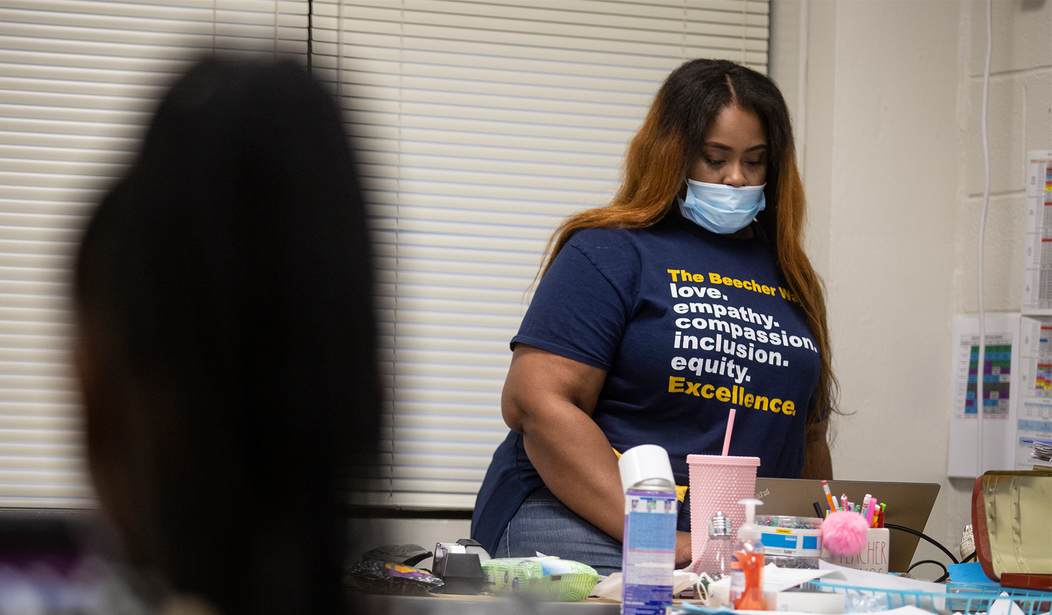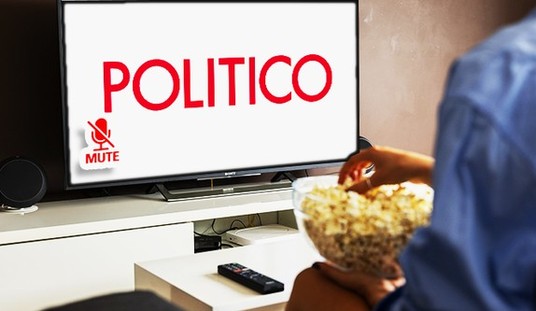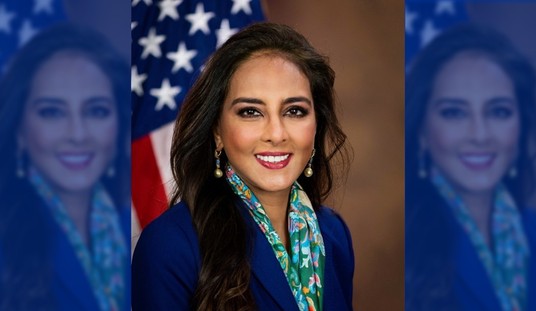The San Ramon Valley Unified School District in California has implemented an ethnic studies course aimed at teaching students concepts related to Critical Race Theory (CRT) and requiring them to participate in activism, according to a report from parental rights advocacy group Parents Defending Education (PDE).
The course, which uses the book “Critical Race Theory: An Introduction” by Jean Stefancic and Richard Delgado as its core text, is intended for 11th and 12th graders. 10th graders can take the course with a teacher referral. The revelation comes from a Freedom of Information Act request response given to PDE by Zachor Legal.
Erika Sanzi, Director of Outreach for Parents Defending Education, told RedState that, despite claims that CRT is not taught in schools, these documents suggest otherwise.
We hear constantly that critical race theory isn’t in K-12 schools, but San Ramon is yet another district that explicitly teaches it to students and then requires them to become activists for particular causes.
School district documents detail the topics students learn throughout the course. The overview explains that the course “uses a thematic, interdisciplinary approach based in culturally-relevant pedagogy to draw out student voices” and help students “engage in articulate discussions about the complexities of power, privilege, and agency in history and modern-day sociopolitical systems, through the lenses of race, ethnicity, gender, class, ability, and religion.”
Students will “learn about liberatory social movements and culminate with a student designed action project, which leans into dismantling institutionalized oppression, and that authentically promotes students’ civic engagement, self-efficacy and collective empowerment in the local community setting,” according to the overview.
The course employs the Courageous Conversations Compass, where students “examine the presence and role of WHITENESS.”
Unit Two of the course is titled “Intersectionality: Identity, Bias, and Narratives” and covers topics such as “how multiple facets of identity are intersectional, how bias forms stereotypes” and “define race as a social construct.”
It also delves into “the complexities of how microaggressions are perceived and received as either cultural appropriation or appreciation” and the “concept of a dominant culture.”
The unit involves asking students:
“What is a strategy you might use if someone acts out a microaggression against you?”
“What are a few strategies you can use if you are called out for saying a microaggression?”
In Unit Four, the material appears to focus primarily on the history of Native Americans and seeks to answer the question: “What are the implications of traditional narratives and counter-narratives about Indigenous Peoples with hxrstory, and how might reparations be made to address those tensions within society today?”
The term “hxrstory” is meant to be a more gender-inclusive method of describing history.
The final project, included in Unit Six, is when students “experience the liberating process of praxis (turning theory into action).” This involves the student becoming “change agents within their immediate scope of influence in the community, requiring them to effectively research multiple perspectives, organize, and communicate, all within the umbrella of understanding how systemic oppression plays out for marginalized communities, and how dominant culture may or may not be aware of these issues.”
Students will choose a project topic “to address an issue in their community that is impacted by systemic oppressions, and will develop a concrete deliverable solution to disrupt the issue in a means by which they are able to do so.” This means the students will take concrete action to advocate for or against a specific cause that is covered in the course.
The ultimate format of the project can and should build on the students’ personal strengths and be a meaningful medium for using their agency to communicate to their intended audience, (i.e. a letter to the editor, educational website, conducting a training for peers/teachers/parents, musical composition, art installation, speech for a local organization, recommendation/request to the school board or other local leadership entity, organizing a community service project, podcast broadcast, etc.). Students use whatever media or methodology speaks to them as the most effective, needed, and accessible, and as a way to facilitate streamlined communication with the teacher throughout the project’s process.
The project requires the student to unpack “values, identity, intersectionality, bias, and counter narratives,” analyze “the role of power and privilege in the issue,” explore “processes of dehumanization and/or humanization of” a particular group, explain “the impact of system(s) of oppression on marginalized groups,” and define “the impact and role of social media on perpetuating ideas and also its ability to support upstanders and allies.”
The material featured in the course reflects the national debate over what is taught in government-run schools, with many parents arguing that districts are using the classroom to indoctrinate young students into progressive ideas on race, sexuality, and gender identity.
“The exact words from the final unit in the ethnic studies course is that the final project of required activism ‘evaluates how determined students are to put in the necessary work for organizing.’ This course has no place in a taxpayer-funded school,” Sanzi told RedState.













Join the conversation as a VIP Member